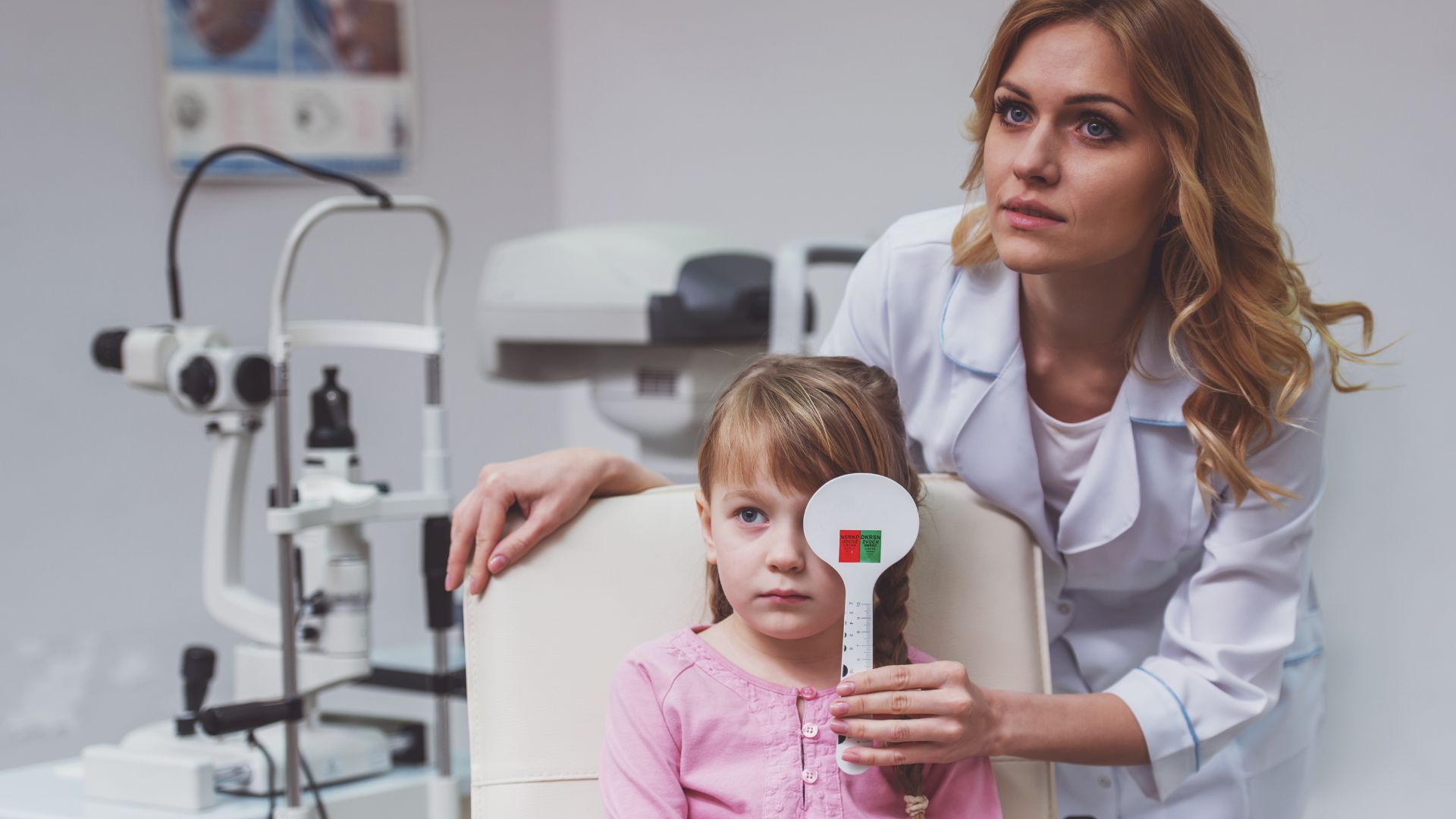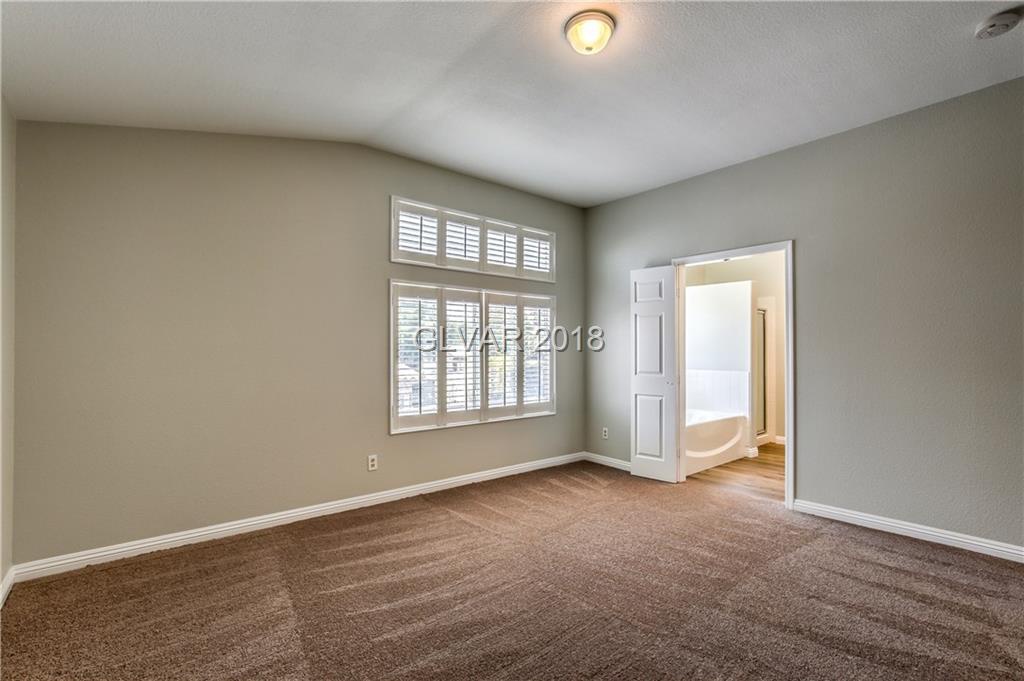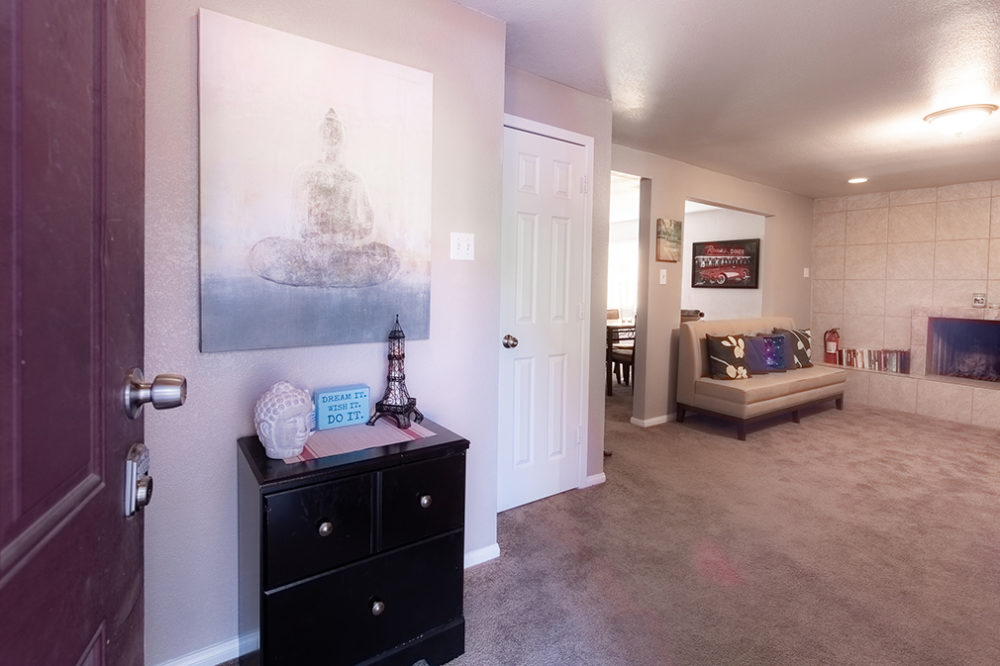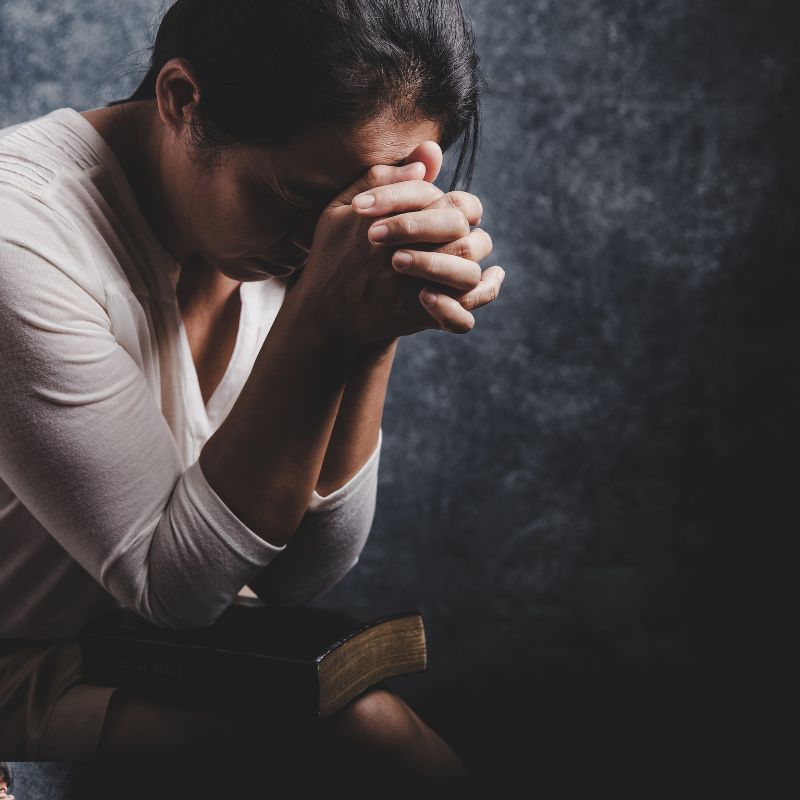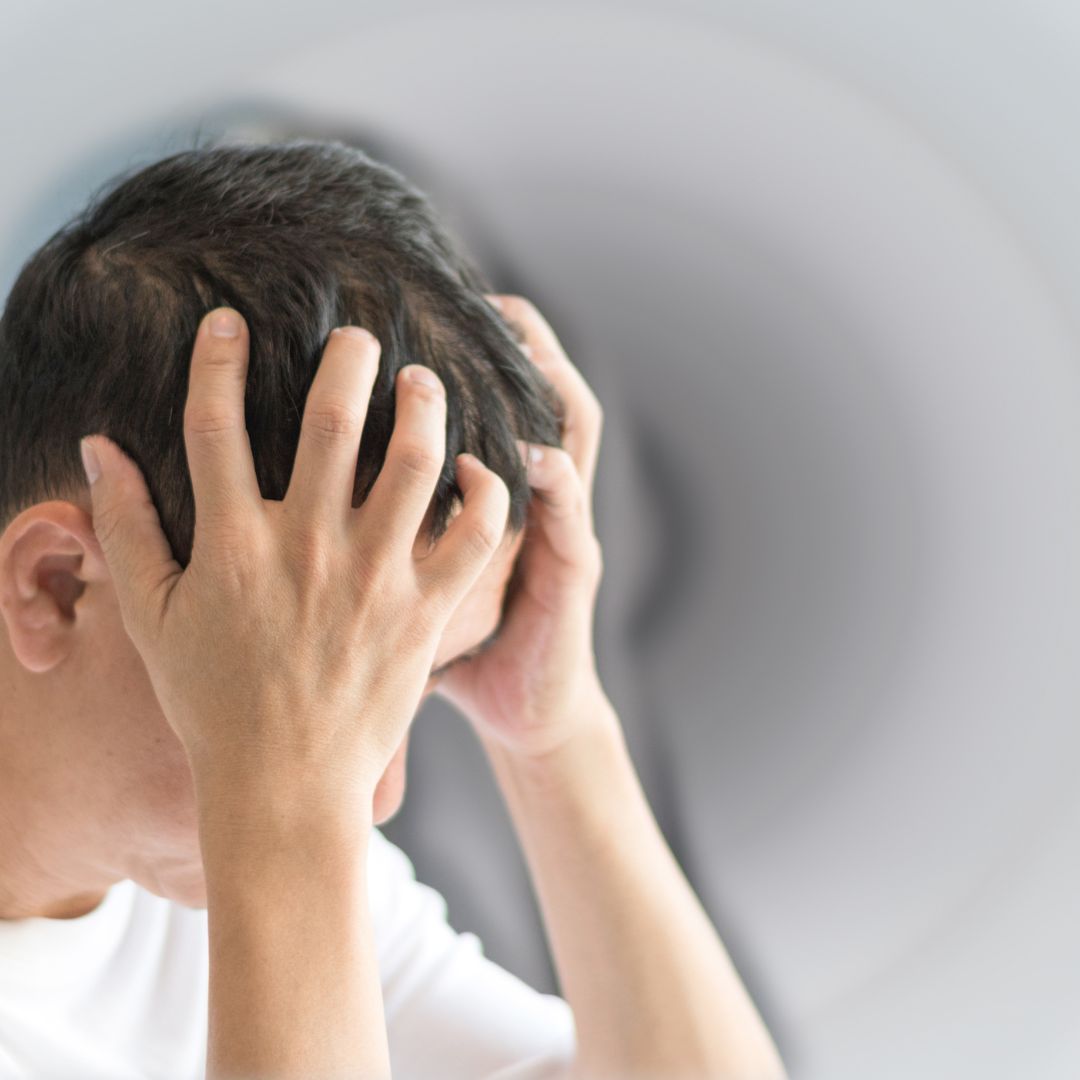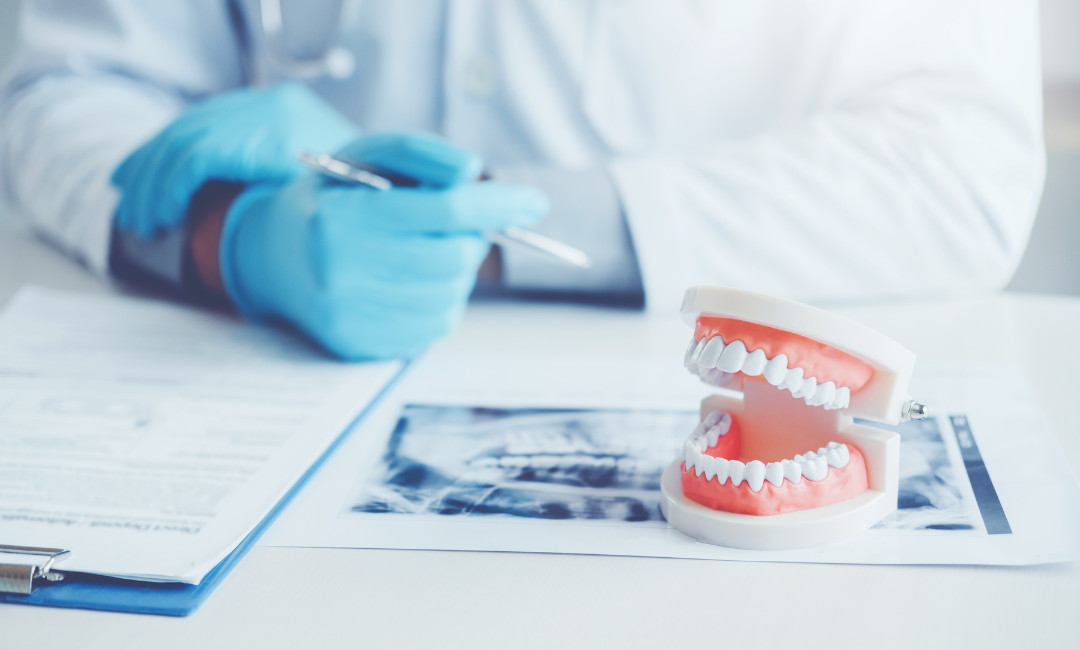The maintenance of one’s entire health and well-being includes having regular eye exams, which can be done in several ways and for multiple reasons. While routine eye exams aim to diagnose and treat vision problems and keep track of eye health, police eye exams have an appropriate set of goals. To carry out their tasks efficiently and safely, police officers and other law enforcement personnel must adhere to strict criteria for visual acuity and eye health. To get Comprehensive Eye Exams in Mississauga, you can go through Meadowvale Optometry. They provide expert service to give you a proper eye exam.
The disparities between police eye exams and routine eye exams will be discussed in this article, along with the reasons why law enforcement agencies must be aware of these differences.
Conditions for Visual Acuity
An optometrist or ophthalmologist may ask you to read letters or symbols from a typical eye chart. It is a part of a routine eye exam to determine your visual acuity. On the other hand, police eye exams frequently require officers to achieve a specified level of visual acuity, typically 20/20 or better, without the use of corrective glasses. A candidate may be disqualified or forced to get vision correction surgery like LASIK or PRK to fulfil the requirement if they are unable to meet it naturally.
Evaluation of Peripheral Vision
The central vision is the main focus of a typical eye exam. However, police officers require good peripheral vision to be aware of their surroundings and spot any dangers out of the corner of their eyes. As a result, tests to gauge a candidate’s peripheral vision are included in police eye exams. This could entail measuring the field of vision, evaluating one’s capacity to identify movement in the surrounding area, and looking for any blind spots.
Assessment of Colour Vision
Accurate colour distinction can be important for police officers, particularly when analysing evidence or identifying people. As a result, colour vision tests like the Ishihara colour plates, which are meant to detect colour blindness or impairments, are frequently included in eye exams for police officers. Normal eye tests don’t usually include this.
Strict vision Standards
The strict eyesight requirements set by law enforcement organisations are one of the most essential distinctions between police eye exams and routine eye exams. For police officers to perform their duties efficiently, these criteria are meant to guarantee that they have exceptional vision. Police eye tests require a higher level of vision than ordinary eye exams, which concentrate on identifying and treating common vision issues including myopia, hyperopia, and astigmatism.
Exposure to Glare
In addition to working in brilliant daylight and dimly lit environments, police officers frequently work in other types of lighting. Significantly, they can withstand glare. Police eye exams measure a candidate’s sensitivity to glare and their capacity for unhindered vision in the presence of glaring headlights, flashing lights, or other sources of glare. A routine eye exam does not typically include this.
Dimensional Awareness
When pursuing suspects or operating police cars, depth perception is essential for tasks like accurately estimating distances. Examining a candidate’s depth perception during a police eye examination may entail employing specialised tests to verify their ability to appropriately perceive spatial relationships.
Periodic Examinations of the Eyes
It is a continuous necessity for police officers to maintain their vision standards during their careers. To make sure their eyesight remains at the required level, they could be subjected to routine vision inspections. This contrasts with routine eye exams, which people may get every few years or as necessary.
Summary
As a result of the strict vision standards and particular visual needs of law enforcement employees, police eye tests are fundamentally different from routine eye exams. These specialised tests make certain that police personnel possess the visual acuity, colour vision, peripheral vision, and glare sensitivity required to efficiently carry out their demanding responsibilities. As a result, law enforcement organisations maintain a high standard for the visual well-being of their officers to guarantee public safety and the overall effectiveness of their teams. If you need any help, feel free to contact Meadowvale Optometry for expert Optometrists in Mississauga. For more details, contact us through the comment section.


